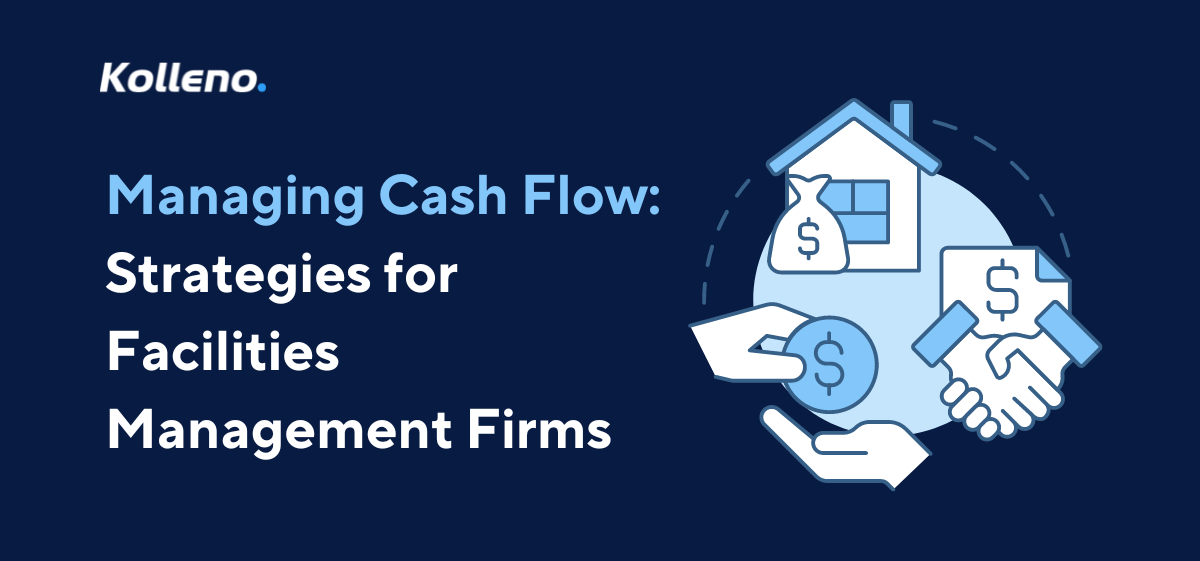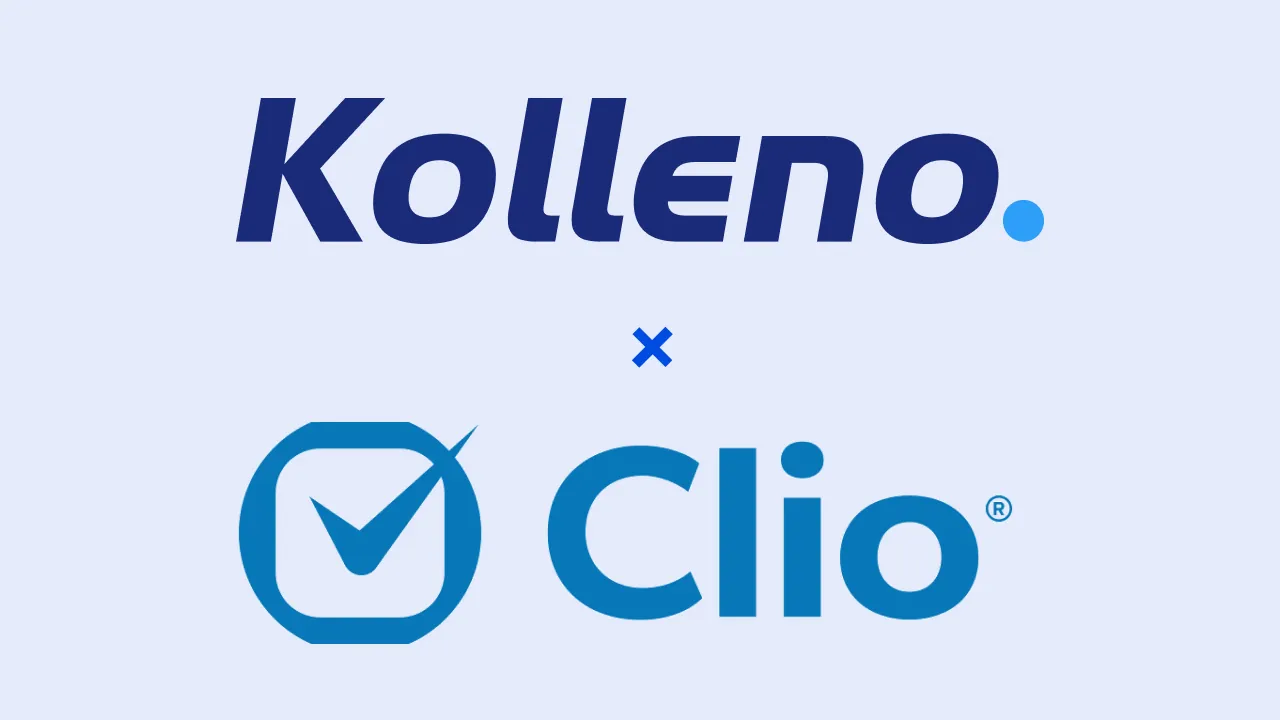Facilities management firms with expertise in areas such as temperature control, air quality, and fire protection, play a crucial role in creating safe and efficient environments for various sectors. Despite their critical role, these firms encounter significant challenges, particularly in managing their cash flows. Late payments exacerbate these challenges, causing strain on their financial stability. When clients delay payments for the services provided, facilities management companies, who are already facing rising demands and costs, experience disruptions in their cash flow.
How does this affect businesses?
A survey of 2,008 SME owners uncovered alarming statistics. A staggering 73% of these firms were adversely affected by late payments, with 40% expressing genuine concerns about the potential closure of their businesses due to this pressing issue. If you would like to read more about the impacts of late payments on businesses, we recommend Quickbooks’ article.
The repercussions of late payments in the facilities management industry, which is one of the most heavily affected, are multifaceted. Beyond the immediate financial strain, late invoices force facilities management companies to divert significant time and resources into chasing overdue payments, detracting from their core operational focus and constraining their ability to invest in essential equipment and growth opportunities.
These late payment issues also echo on a larger scale within the sector. Bigger facilities management businesses and those in manufacturing bear the brunt of these challenges. The uncertainty caused by late payments not only affects the financial stability of individual facilities management firms but also undermines the sector’s overall efficiency and growth potential.
What is the old-school challenge?
The “old-school challenge” is what happens when firms resist disruption and think that sticking to traditional methods will save time and energy. Many facilities management firms are grappling with this challenge with outdated collections practices that hinder cash flow.
Manual compliance reporting, paper-based processes, and labour-intensive accounts receivable management are culprits. These inefficiencies not only drain time but also impact revenue-generating initiatives.
What is a solid collections strategy?
Implementing a robust credit control policy is essential. Transparency, proactive communication, and accurate invoicing are key components. By setting clear expectations and employing timely reminders, facilities management firms can encourage prompt payments and maintain healthy client relationships.
• Transparency: Be clear about your collection procedures and encourage good behaviours through positive reinforcement. Incentives such as markdowns, complimentary maintenance or future credits for prompt payments could help decrease your accounts receivable.
• Reactivity: Contacting customers to confirm the reception of the invoice can be an incentive for them to pay you ASAP. Sending a reminder email a few days before the due date to ensure the customer hasn’t forgotten about your fees is also helpful.
• Accuracy for invoicing and reconciliation: Sending invoices and reporting are prone to human mistakes and delays on the part of your financial and accounting teams. Your billing process should never fail to include correct billing periods and invoicing dates as well as accurate purchase order numbers, customer information, assessment and follow-up in case of outstanding payments.
If you would like more detailed step-by-step instructions on how to set up your credit policy and more collections best practices, we recommend reading our Credit Policy Guide.
How can you maintain consistent and unified financial data?
However, efficient collection procedures demand unified data access, tailored communication strategies, and a client-centric approach.
Centralising crucial client information empowers businesses to make well-informed decisions. Access to relevant information must be seamless and originate from a single source. If employees in charge of the collection have to chase co-workers or other departments to gather and unify data, it will hinder their work and impact its accuracy. More importantly, the data needs to be checked regularly; constant monitoring of repayment reports is key to assessing a strategy’s efficiency. For optimal results, it is best to use smart tools such as Kolleno’s Analytics and Reporting is essential, as they seamlessly consolidate your real-time financial data from various sources, delivering comprehensive insights and analytics tailored to your specific needs in one platform.
Additionally, personalised communication tailored to individual preferences ensures a highly responsive client base. Communicating efficiently with clients is an art that companies must master. There is a fine line between too much correspondence and too little, between being too gentle and being too complacent. The key to adopting a tailored strategy for chasing each customer is to find out what works best for them. Some will respond better to emails than text messages, and some will respond better to the credit-control team’s calls. To optimise your approach, it’s crucial to segment your customers into distinct collection strategies or workflows that accommodate their unique differences. Determining the most effective criteria for customer segmentation is essential. Explore our comprehensive guide to identify best practices for segmenting your customers and refining your collection strategies.
Conclusion
Optimisation is a process, one whose solution lies in embracing technologies such as Quickbooks, Kolleno, GoCardless, etc. Facilities management companies can benefit immensely from implementing AI and machine learning solutions. These technologies can significantly reduce days sales outstanding (DSO), minimise staff hours spent on payment follow-ups, and enhance customer relationships. By easing internal burdens, technology paves the way for streamlined operations and sustainable cash flow.
In the ever-evolving landscape of facilities management, adopting smart technology is not just a choice but a necessity. Embracing these internal practices and integrating advanced technologies can pave the way for a brighter future. By working smarter, not harder, facilities management firms can secure a healthier cash flow, fortify client relationships, and position themselves as leaders in the industry.











